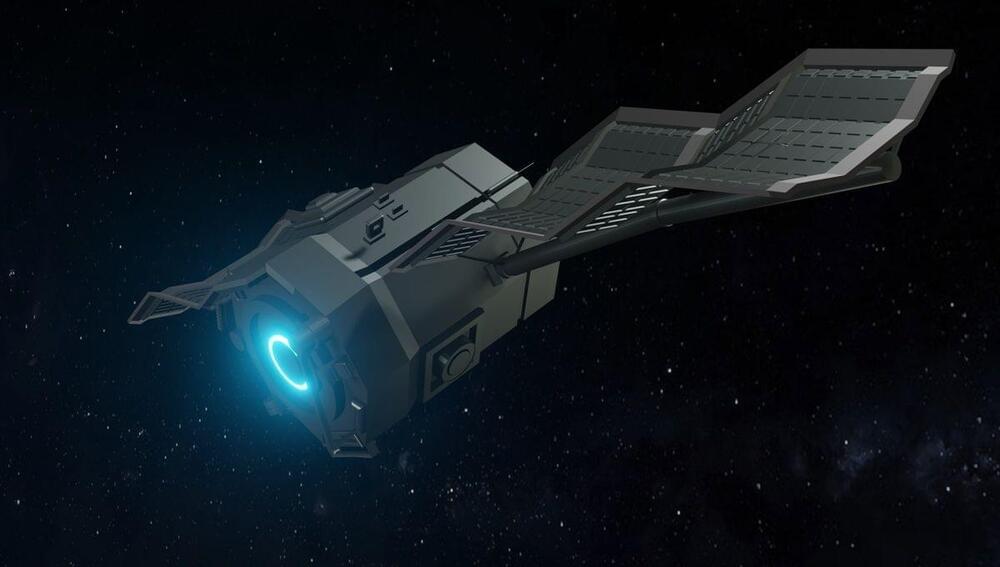Covering interstellar distances in a human lifetime is far from easy. Going at 1 percent of the speed of light, it would take over 400 years to reach the closest star, and we have not been able to propel any spacecraft even close to that speed. But a new method aims to get to those speeds and maybe more – and it takes inspiration from the mighty albatross.
Chemical propulsion can be very useful in achieving high speeds pretty quickly, but there’s the drawback in that you need to carry the fuel with you, which means you need to be able to generate more thrust to shift the extra fuel and so on. It’s a huge issue when it comes to rocket science. A realistic alternative is ion propulsion, used to slowly and successfully maneuver the Dawn spacecraft, but it would take an equally long time to reach enough speed with such a steady but small acceleration.
Solar sails hold a more intriguing possible approach. Proposals such as the Breakthrough Starshot see lasers used to massively accelerate a spacecraft the size of a credit card to one-fifth the speed of light. But, you need to build a very powerful laser. A similar method using sunlight might also work, although not up to such a high speed.
